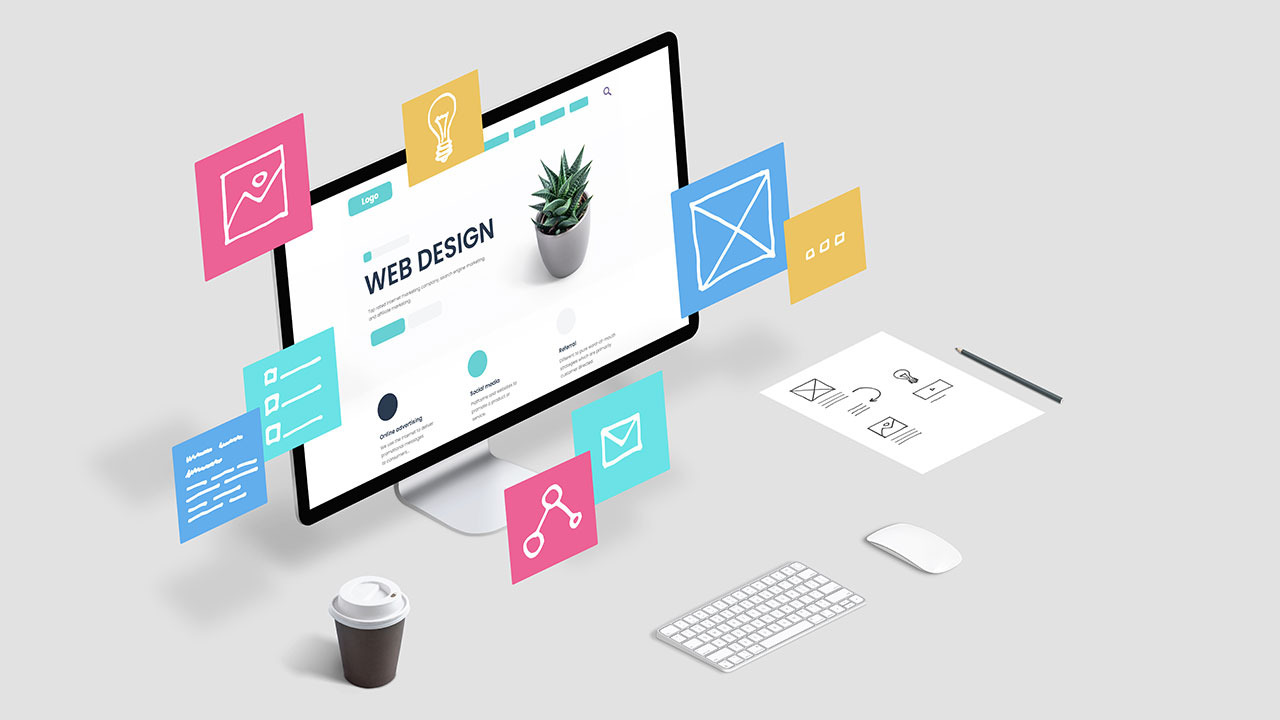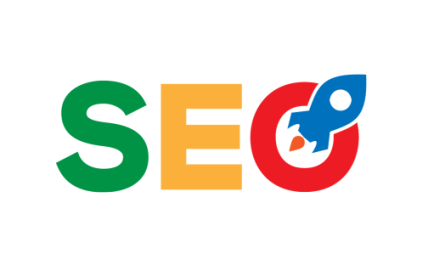Website design and development services is an essential component of online success as these services have long been linked to turning creative ideas into functional websites. This article discuss in depth about the website design and development services, discussing their crucial role of turning ideas into online presence.
KEY POINTS
Web Application Design and Development Journey of Bringing Ideas to Life
1. Understanding the Concept
Idea Generation and Brainstorming:
Every web project finds its roots in an initial spark of inspiration. Be it a startup’s quest for digital establishment or a business seeking a fresh digital identity, the inception stage is where it all begins.
Effective Communication with Clients:
Establishing clear communication channels between clients and developers during this pivotal phase is non-negotiable. Collaboration among development team members ensures they grasp the essence of your vision for smooth execution.
2. Planning the Project
Wireframing and Mockups for Visualization:
Wireframes and visual blueprints serve as invaluable navigational aids, aiding both clients and developers alike in understanding the intricate details of a website’s layout, structure, and user interface.
Defining Project Scope and Objectives:
Amid the planning phase, the compass of a well-defined project scope comes to the fore. Planning prevents project derailment, and maintaining the rhythm of project progression.
3. Design: Giving Life to Ideas
Crafting Visual Aesthetics:
Talented designers use their creative abilities to design layouts that resonate with brand identities, drawing visitors in emotionally.
Prioritizing User-Centric Design:
A responsive design concept ensures that websites effortlessly adapt to various devices, providing an optimal user journey regardless of platform.
4. Development: Bringing Designs to Life
Coding Based on Design Blueprint:
Once the design is approved, developers starts their coding work. Developers transform static visuals into dynamic websites through code language and make way for functionality and interactivity.
Utilizing Programming Languages and Frameworks:
The developer’s toolkit encompasses an array of programming languages and frameworks. These tools act like paint brushes on canvas, giving life and depth to designs while adding interactive components that engage users.
5. Functionality and Interactivity
Integrating User-Friendly Elements:
From captivating animations to intuitive forms, these interactive elements enhance user journeys by turning passive browsing into exciting exploration.
Focusing on Seamless User Experience:
Outstanding web encounters are distinguished by an exquisite balance between user expectations and website behaviour.
6. Testing and Quality Assurance
Thorough Testing of Features and Functionality:
Before the grand unveiling, websites undergo meticulous testing and quality assurance. Buttons are clicked, forms are filled, and code is scrutinized, ensuring that the fabric of functionality is woven without a snag.
Cross-Browser and Device Compatibility Checks:
Cross-browser and device compatibility checks are mandatory to guarantee a consistent experience across the digital spectrum.
7. Optimization for Performance
Enhancing Website Loading Speed:
Website optimization serves as the hero that keeps visitors coming, by speeding up loading speeds and making sure visitors don’t abandon website due to slowness.
Streamlining Code and Content Delivery:
Experts employ techniques like code minification and content delivery networks (CDNs) to facilitate faster website element delivery, further improving performance.
8. Content Integration
Crafting Compelling and Relevant Content:
Persuasive and informative content compels visitors to explore further, uncovering its story and solutions that the website provides.
Incorporating SEO Best Practices:
Websites can increase their discoverability by seamlessly weaving SEO-friendly content into their pages, thus earning themselves higher ranks on search engine results pages (SERPS).
9. Final Review and Client Approval
Iterative Feedback Process:
The final review phase materializes as a collaboration between clients and developers. Feedback can be an invaluable source of insight, that refine a website to meet client vision.
Balance Client Vision with Professional Advice:
While respecting a client’s vision is of paramount importance, developers provide invaluable professional guidance that leads to optimal design and functionality of a site thereby improving user experience.
10. Launch and Deployment
Transitioning from Development to Live Server:
With the client’s nod of approval, the curtains rise for the grand unveiling. Moving from development environment to live server requires careful orchestration that necessitates precision.
Ensuring Smooth and Error-Free Launch:
Launch strategies must be carefully planned in order to guarantee that visitors arrive without issues and engage with your site successfully.
11. Post-Launch Maintenance
Ongoing Bug Fixes and Security Updates:
The post-launch phase involves vigilant monitoring to detect and address any hiccups promptly. Regular security updates and patches strengthen a website’s defenses against cyber threats that constantly emerge online.
Keeping Content Fresh and Relevant:
Maintaining content also involves regular updates that reflect current trends, insights, and solutions.
12. Measuring Success
Tracking User Engagement and Analytics:
With tools like Google Analytics, the story of user behavior unfolds. Metrics like page views, bounce rates and user pathways offer insights into what website visitors seek and how they navigate it.
Using Data to Inform Further Enhancements:
By listening to their data, websites develop to become increasingly tailored towards satisfying the needs and preferences of their target audiences.
13. Client Education and Training
Empowering Clients to Manage Their Websites:
Through education and training, clients gain the tools and confidence they need to manage updates independently as well as respond to changing demands independently.
Content Management Systems (CMS) empower clients to wield the reins of their websites. Navigating CMS landscape may seem intimidating at first, but through accessible tools and comprehensive training clients become adept captains who guide their websites with ease.
Conclusion
From imagining the idea and creating its look, to making it work well and seeing how successful it is with data, web design and development services work together like a creative orchestra. Web application development artists serve a crucial purpose: turning ideas from conceptual to tangible form so businesses can thrive and engage with audiences.
As a leading custom web application design and development company, TFT is dedicated to turning ideas into exceptional digital realities and help businesses grow and create a lasting impact in the changing online world.


